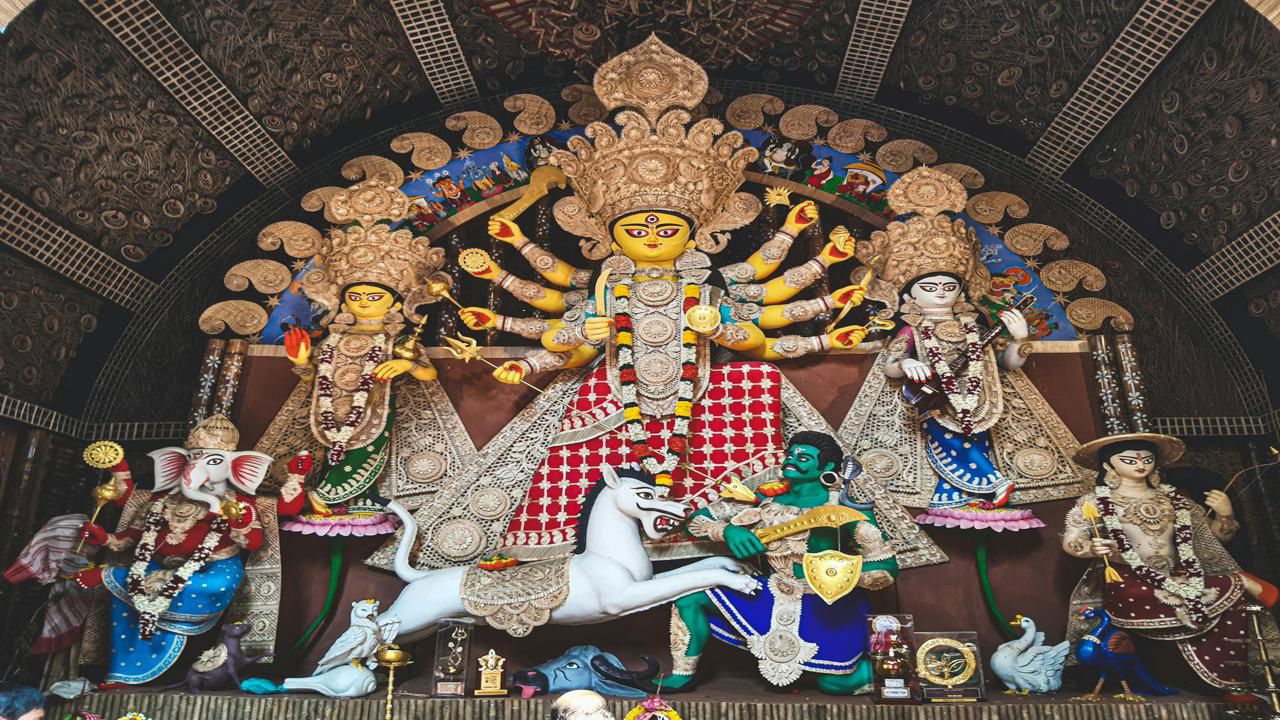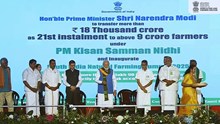
Chaitra Navratri is a sacred Hindu festival that celebrates the divine feminine energy of Goddess Durga. It is celebrated for nine days, marking the beginning of the Hindu lunar new year. In 2025, Chaitra Navratri will begin on March 30 and end on April 7, with Ram Navami, the birth anniversary of Lord Ram, observed on April 6.
Importance of Chaitra Navratri
Chaitra Navratri has great spiritual importance. It is believed that Goddess Durga descends to bless her devotees, helping them to overcome challenges and bring peace, health, and prosperity in their life. Each day of Navratri is dedicated to a different form of Navadurga, symbolizing strength, wisdom, and protection.
This festival also aligns with the arrival of spring, a season of renewal and growth. It is a time when people seek blessings, practice self-discipline, and purify their minds and bodies through fasting and prayers.
Chaitra Navratri Calendar 2025 & Nine Goddesses
Each day of Chaitra Navratri is dedicated to one of the nine manifestations of Goddess Durga:
|
Date |
Goddess |
Significance |
|
March 30 |
Maa Shailputri |
Symbol of strength and stability |
|
March 31 |
Maa Brahmacharini |
Embodiment of knowledge and devotion |
|
April 1 |
Maa Chandraghanta |
Bringer of peace and courage |
|
April 2 |
Maa Kushmanda |
Creator of the universe |
|
April 3 |
Maa Skandamata |
Mother of Lord Kartikeya |
|
April 4 |
Maa Katyayani |
Fierce and protective form of Durga |
|
April 5 |
Maa Kalratri |
Destroyer of negativity and darkness |
|
April 6 |
Maa Gauri |
Symbol of purity and harmony |
|
April 7 |
Maa Siddhidatri |
Goddess of wisdom and miracles |
Navratri Colours and Their Meaning
Devotees wear specific colours each day, symbolizing divine qualities and invoking positive energies:
|
Color |
Meaning |
|
Grey |
Represents balance and destruction of evil |
|
Orange |
Signifies energy and enthusiasm |
|
White |
Symbolizes peace and purity |
|
Red |
Represents strength and devotion |
|
Royal Blue |
Denotes wisdom and divine energy |
|
Yellow |
Stands for positivity and happiness |
|
Green |
Symbolizes growth and prosperity |
|
Peacock Green |
Reflects compassion and calmness |
|
Purple |
Represents ambition and transformation |
Rituals and Traditions of Chaitra Navratri
1. Ghatasthapana (Kalash Sthapana)
The festival begins with Ghatasthapana which is commonly known as Kalash Sthapana, where a sacred pot (Kalash) is placed to invite Goddess Durga into homes. This ritual is performed during an auspicious muhurta.
Essential items for Ghatasthapana:
-
Clay pot for sowing grains
-
Sacred water (Ganga Jal)
-
Mango or Ashoka leaves
-
Unpeeled coconut wrapped in red cloth
-
Flowers, betel nuts, coins, and rice
2. Fasting and Worship
A lot of devotees fast during this time, consuming only satvik foods like fruits, milk, and grains such as buckwheat and water chestnut flour. Daily prayers and mantras are recited to seek divine blessings.
3. Kanya Pujan
On the eighth (Ashtami) or ninth (Navami) day, young girls, representing the goddess, are worshipped and offered prasad, new clothes, and gifts.
4. Ram Navami Celebrations
The festival concludes with Ram Navami, celebrating Lord Ram's birth. Devotees visit temples, and sing bhajans to honor his divine presence.
Chaitra Navratri is more than just a celebration; it's a time for spiritual enlightenment and personal development. It reminds us of the importance of devotion, discipline, and heavenly benefits.
















